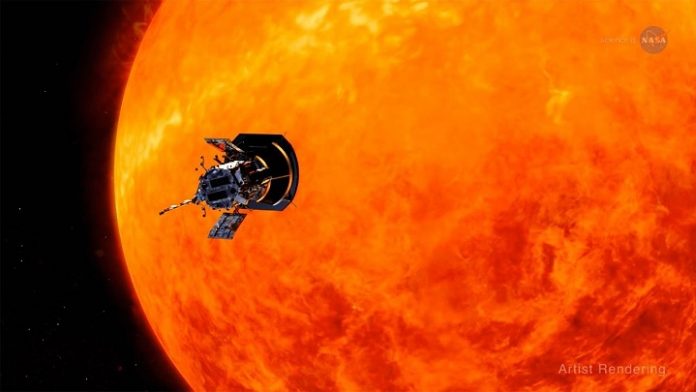India is likely to attempt its first solar mission at the end of the year after the Covid-19 pandemic delayed the launch of the Aditya L-1 mission, earlier slated for the first half of 2020, according to people in the national space agency.
The scientific solar mission will see the satellite travel 1.5 million kilometres from the Earth to study the Sun’s atmosphere. The satellite will be sent to the L1 or Lagrangian point between the Earth and the Sun, which is where the gravitational pull of both the bodies on the satellite is equal to the centripetal force needed to keep the satellite in orbit.
These points are like parking spots in space from where a satellite can make observations without burning much fuel. This point between the Earth and the Sun allows an uninterrupted view of the solar surface.
The mission will carry six scientific payloads that will study the visible surface of the sun called photosphere, the irregular layer over it called the Chromosphere, and the layer of plasma called Corona, which extends for thousands of kilometres and has a very high temperature of around 6,000 Kelvin (5726.85 degrees Celsius), according to the Indian Space Research Organisation (ISRO). The mission is almost ready for launch, people aware of the developments said.
This will be one of the two big-ticket missions that the national space agency plans to conduct during the year; the other being the launch of the first unmanned flight under the Gaganyaan mission, which is also planned for December 2021.
The generic space training – survival training in the snow, water and steppe, parabolic flights, theoretical classes on orbital mechanics, and astronavigation – of the four selected Indian Air Force pilots for the first Gaganyaan mission is nearing completion at the Gagarin Cosmonaut Training Centre, according to a reply by the government in the Lok Sabha. An expert team has been constituted to define the training curriculum specific to the Indian mission.
The preliminary design reviews of space foods, potable water, crew health monitoring system, emergency survival kits and crew medical kit have been completed, according to the government’s answer.
The agency is yet to set a date for its third mission to the Moon with only a lander and rover that will attempt a soft landing on the lunar surface. The government green-lit the third mission soon after the lander-rover of the Chandrayaan 2 mission crashed and lost communication just 2.1 km from the surface.
Isro has planned eight launch missions during the year other than the one commercial PSLV-C51 mission that was launched last month and carried the first satellite by an Indian start-up. The other missions scheduled for the year include the earth observation GISAT-1 that was to be launched on March 5 but was postponed. This was to be the first heavy satellite to be launched by the modified Geo-Synchronous Launch Vehicle with higher payload capacity.
The 10th satellite in the NaVIC constellation is also scheduled to be launched this year.








